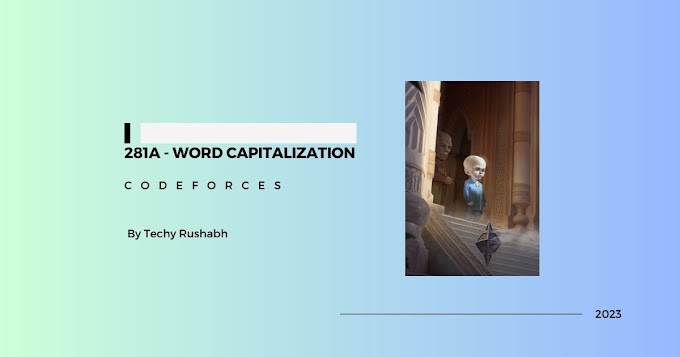Introduction
The world of robotics is on the cusp of a revolution. For years, robots have been confined to specific, pre-programmed tasks. But now, thanks to companies like Physical Intelligence, we're moving closer to robots that can adapt, learn, and perform a wide array of functions, bringing us nearer to Artificial General Intelligence (AGI). This blog post delves into Physical Intelligence, their groundbreaking Pi Zero AI model, and what it means for the future of robotics.
Physical Intelligence: A $2 Billion Bet on Generalist Robots
Physical Intelligence, a San Francisco-based startup, has garnered significant attention, securing $400 million in funding and reaching a valuation of $2 billion. Their mission: to develop generalist robots capable of handling diverse tasks, a stark contrast to the single-task robots that dominate the current landscape. Unlike specialized machines designed for a singular purpose, Physical Intelligence aims to create robots powered by their new AI model called Pi Zero that can fold laundry, pack groceries, and even clear a messy table. This adaptability has been a long-sought goal in the field.
Pi Zero: The "Robot Brain" That Integrates Vision, Language, and Motor Control
Instead of focusing on creating new robot hardware, Physical Intelligence is developing the "brain" that will power these versatile machines. Pi Zero stands out because it integrates vision, language, and motor commands. This allows the robot to "see," "understand," and physically react to its environment based on perceived information. For example, provided with the prompt "clean up the table," Pi Zero can assess the objects on the table and figure out how to complete the task. It has been trained on 10,000 hours of data from various robot setups, enabling it to not just move, but also adjust and refine its movements based on sensory input. With the ability to perform up to 50 motor commands per second, Pi Zero demonstrates remarkable precision and fluidity.
The Training Behind the Breakthrough: Flow Matching and Diverse Datasets
Physical Intelligence utilizes a unique method called "flow matching" to ensure Pi Zero's movements appear natural and fluid. This mimics the way humans learn and adjust their movements. The company has also leveraged the expertise of industry leaders and used 10,000 hours of hands-on training data from datasets like OXI, DROID, and Bridge. This extensive training data allows Pi Zero to work with different types of robots, including single-arm, dual-arm, and mobile robots. The aim is to create robots as adaptable as large language models like ChatGPT, able to seamlessly integrate into our daily lives.
Beyond the Home: Applications and Considerations
The potential of Pi Zero extends far beyond household chores. It could revolutionize industrial settings, enabling robots in warehouses to adapt to different product shapes and assist with complex assembly line tasks. Furthermore, there is significant opportunity in caregiving, where robots could help seniors with daily activities or assist individuals with disabilities. However, the rise of general-purpose robots also raises concerns about job displacement, data privacy, and accessibility. Making this advanced technology affordable for everyday consumers will be a crucial challenge.
Conclusion: A Promising Step Towards the Future of Robotics
Physical Intelligence's Pi Zero represents a significant stride towards achieving general AI in robotics. By focusing on adaptability and training a "robot brain," they are paving the way for machines that can learn, adapt, and assist us in a multitude of ways. While challenges remain, the potential of this technology to transform industries and improve lives is undeniable. Keep an eye on Physical Intelligence – they are shaping the future of robotics.
Keywords: General AI Robots, Physical Intelligence, Pi Zero, Robotics AGI, Robot Learning




0 Comments